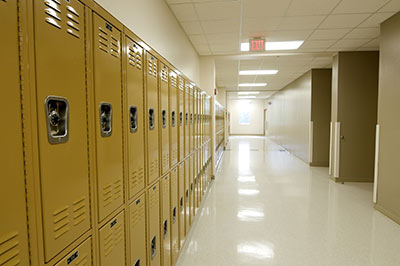Catrine Tudor-Locke1, Cora L Craig, Michael W Beets, Sarahjane Belton, Greet M Cardon, Scott Duncan, Yoshiro Hatano, David R Lubans, Timothy S Olds, Anders Raustorp, David A Rowe, John C Spence, Shigeho Tanaka and Steven N Blair, 2011.
Worldwide, public health physical activity guidelines include special emphasis on populations of children (typically 6-11 years) and adolescents (typically 12-19 years). Existing guidelines are commonly expressed in terms of frequency, time, and intensity of behaviour. However, the simple step output from both accelerometers and pedometers is gaining increased credibility in research and practice as a reasonable approximation of daily ambulatory physical activity volume. Therefore, the purpose of this article is to review existing child and adolescent objectively monitored step-defined physical activity literature to provide researchers, practitioners, and lay people who use accelerometers and pedometers with evidence-based translations of these public health guidelines in terms of steps/day. In terms of normative data (i.e., expected values), the updated international literature indicates that we can expect 1) among children, boys to average 12,000 to 16,000 steps/day and girls to average 10,000 to 13,000 steps/day; and, 2) adolescents to steadily decrease steps/day until approximately 8,000-9,000 steps/day are observed in 18-year olds. Controlled studies of cadence show that continuous MVPA walking produces 3,300-3,500 steps in 30 minutes or 6,600-7,000 steps in 60 minutes in 10-15 year olds. Limited evidence suggests that a total daily physical activity volume of 10,000-14,000 steps/day is associated with 60-100 minutes of MVPA in preschool children (approximately 4-6 years of age). Across studies, 60 minutes of MVPA in primary/elementary school children appears to be achieved, on average, within a total volume of 13,000 to 15,000 steps/day in boys and 11,000 to 12,000 steps/day in girls. For adolescents (both boys and girls), 10,000 to 11,700 may be associated with 60 minutes of MVPA. Translations of time- and intensity-based guidelines may be higher than existing normative data (e.g., in adolescents) and therefore will be more difficult to achieve (but not impossible nor contraindicated). Recommendations are preliminary and further research is needed to confirm and extend values for measured cadences, associated speeds, and MET values in young people; continue to accumulate normative data (expected values) for both steps/day and MVPA across ages and populations; and, conduct longitudinal and intervention studies in children and adolescents required to inform the shape of step-defined physical activity dose-response curves associated with various health parameters.









